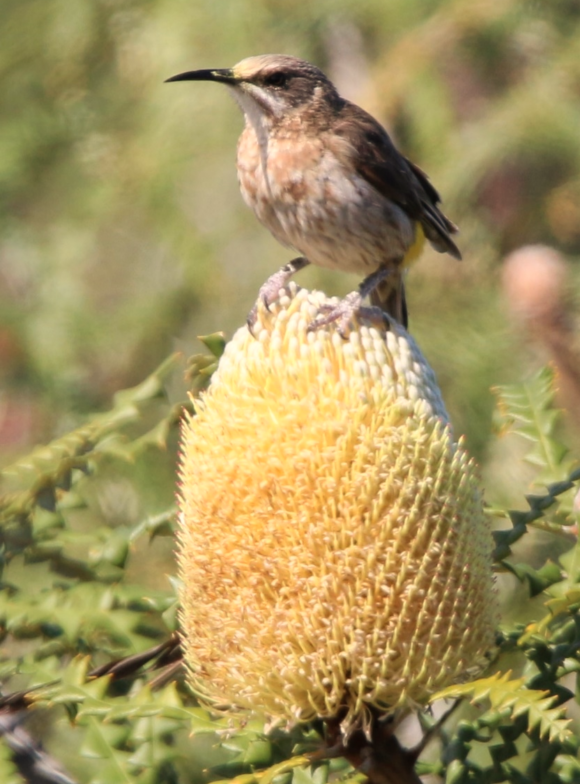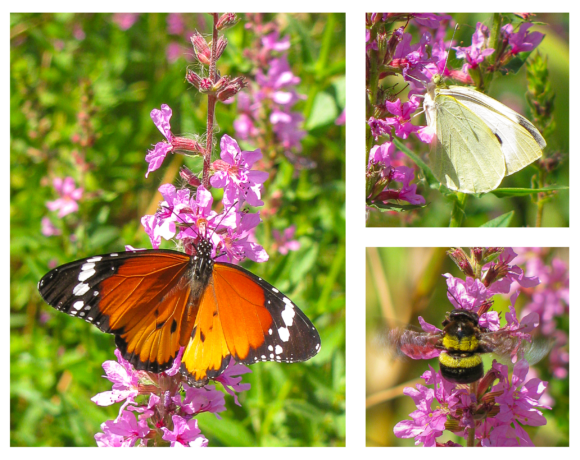18 October 2021 | By Opeyemi Adedoja
A recent paper published in Plant Biology revealed how an invasive flowering plant competes with native species for pollinators and how this influence seed production in native plant species.
In the paper, the authors, including C∙I∙B Associate Prof Sjirk Geerts and Dr Opeyemi Adedoja (both from Cape Peninsula University of Technology), Laimi Erckie and Prof Stephen Boatwright (both from University of the Western Cape) and Dr Ernita van Wyk (Nelson Mandela University), assessed whether this is the case for the showy Banksia (Banksia speciose), an invasive Proteaceae, co-existing with native Bot River protea (Protea compacta).
Co-occurring invasive alien and native flowering plant species often share similar biotic resources, especially pollinator guilds within their geographical niche area. This may lead to competition among species when invasive alien plants have showy floral traits (e.g., flower shape, color, nectar, and scent) and resources by which pollinators are attracted away from native species. This may lead to reduced pollination and reproduction of native plant species.
Fieldwork was conducted in the fynbos ecosystem where the visitation rate of Cape sugarbird (Promerops cafer) and three nectar-feeding sunbirds, Orange-breasted sunbird (Anthobaphes violacea), Southern double-collared sunbird (Cinnyris chalybeus) and Malachite sunbird (Nectarinia famosa), to invasive alien showy banksia and native Bot River protea was recorded.
The authors also assessed the ability of both study plant species to self-reproduce in the absence of nectar-feeding bird pollinators.
The authors found that invasive alien showy Banksia attracted Cape sugarbirds, but not sunbirds, away from native Bot River protea.
Neither study species are pollen limited and both species can self-reproduce to some extent, however, pollinator visitation enhanced seed production in both plant species.
“The effect of an invasive alien plant in attracting pollinators away from native species may be masked by the presence of sunbirds, which enhance the reproduction and fitness of native Bot River Protea when sugarbird numbers are reduced,” explains Dr Opeyemi Adedoja.
Read the full article
Adedoja, O., Erckie, L., Boatwright, J.S., van Wyk, E. and Geerts, S. 2021. An invasive alien Proteaceae lures some, but not all nectar-feeding bird pollinators away from native Proteaceae in South African fynbos. Plant Biology. DOI: https://doi.org/10.1111/plb.13300
For more information, contact Sjirk Geerts at GEERTSS@cput.ac.za



